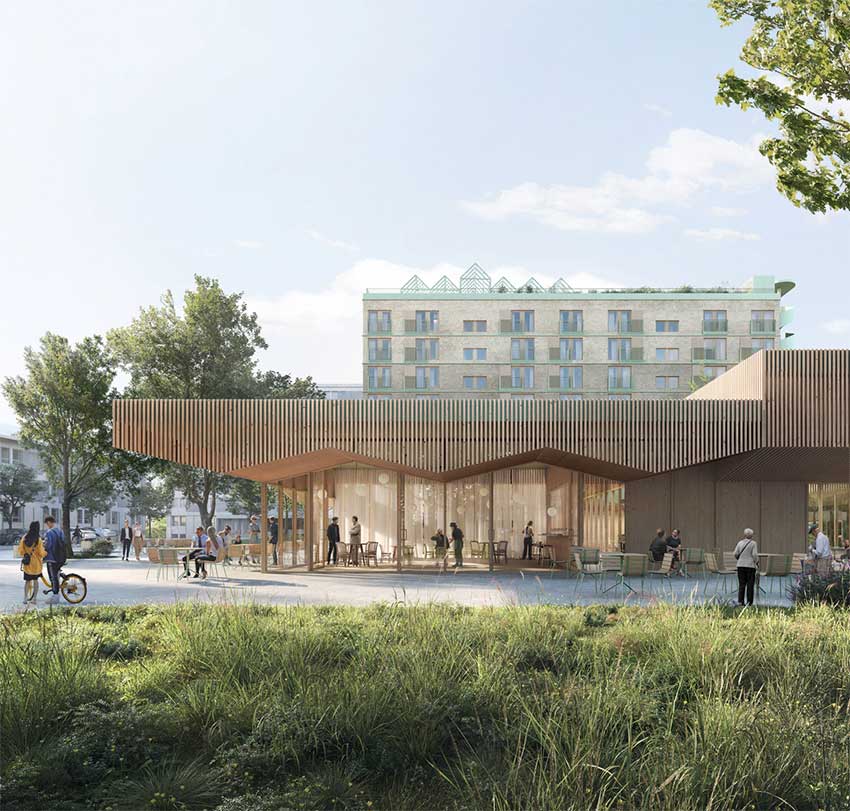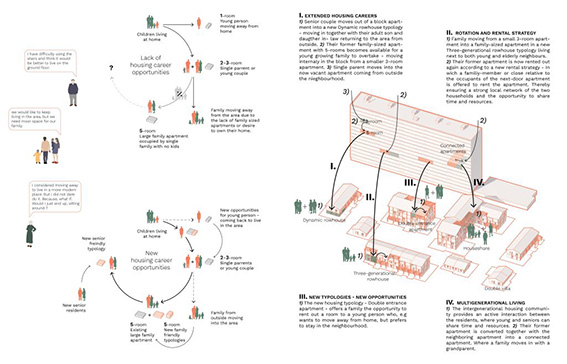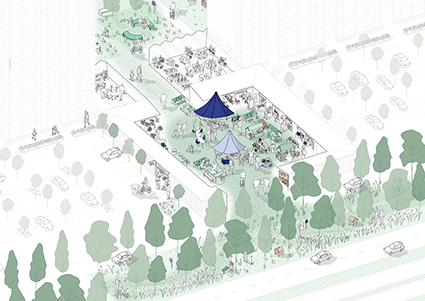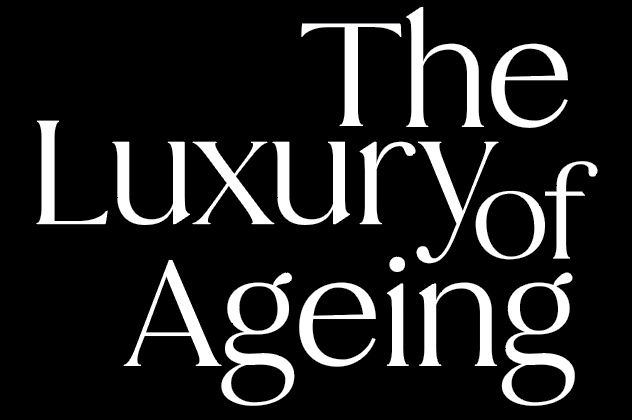Anita Pedersen
Anita Pedersen is Head of the Department for Urban Strategy at Landsbyggefonden. The department is responsible for urban strategic initiatives and measures in connection with renovation support cases as well as the dialogue with municipalities and other partners with an urban strategic aim. In addition, the department is responsible for knowledge gathering of general urban strategic measures and GIS tools. Anita holds a Master of Social Sciences in cities. About Landsbyggefonden
Landsbyggefonden (translated as the Danish Building Fund) is a Danish foundation that supports the development and improvement of social housing in Denmark. Established in 1966, it plays a key role in financing and supporting the maintenance, renovation and development of affordable housing projects across the country. Landsbyggefonden works in collaboration with local housing organisations and municipalities to ensure that housing remains affordable, sustainable and of high quality for low- and middle-income households.
The foundation is funded through a mix of public resources and repayments from previous housing projects, and its focus is on ensuring that housing is inclusive, of good quality, and supports social sustainability. It is an important player in the Danish social housing sector, especially in promoting the development of new housing or renovations that benefit diverse communities.Further information about the competition winners
Nursing the Care from Norway (LOCAL Arkitekter, psycologist Anna Helle-Valle and doctor and CEO Sebastian von Hofacker of Verdighetsenteret)
View hereThinking Outside the B(l)ox (Hele Landet – Sociale Arkitekter, ØsterGro and Andreas Høegh from AH Advice)
View here Feed-Back (Schmidt Hammer Lassen and Fælleshaven)
View here The #ABC-Strategy (Gründl Haahr Arkitekter)
View here 



